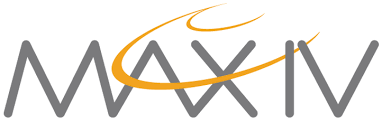Training materials
-
service
MAX IV Open Data Repository
Data management data management discovery doi persistent identifiers metadata X-rays Photon science Open Science PaN …
-
service
MAX IV Metadata Catalogue SciCat
Data management data management SciCat catalogue X-rays Photon science discovery PaN PaNOSC
-
video
Tour of MAX IV accelerators with professor Sverker Werin
synchrotron accelerator physics
-
video
Remote operations at BioMAX
remote operations automation diffraction experiments
-
video
IR spectromicroscopy and imaging with six decades of dynamic range
infrared spectromicroscopy imaging